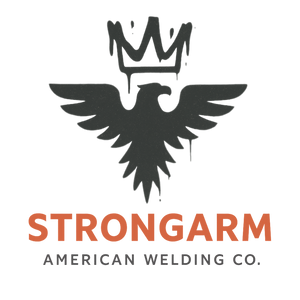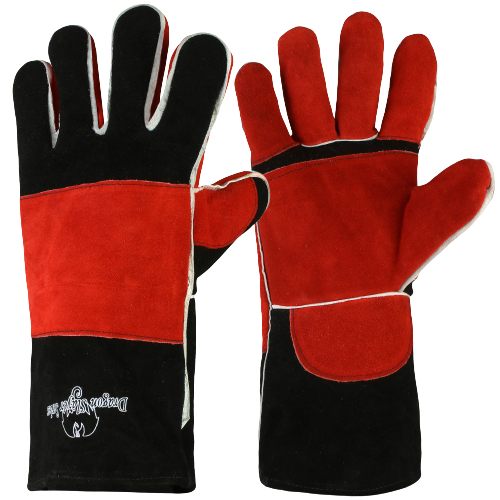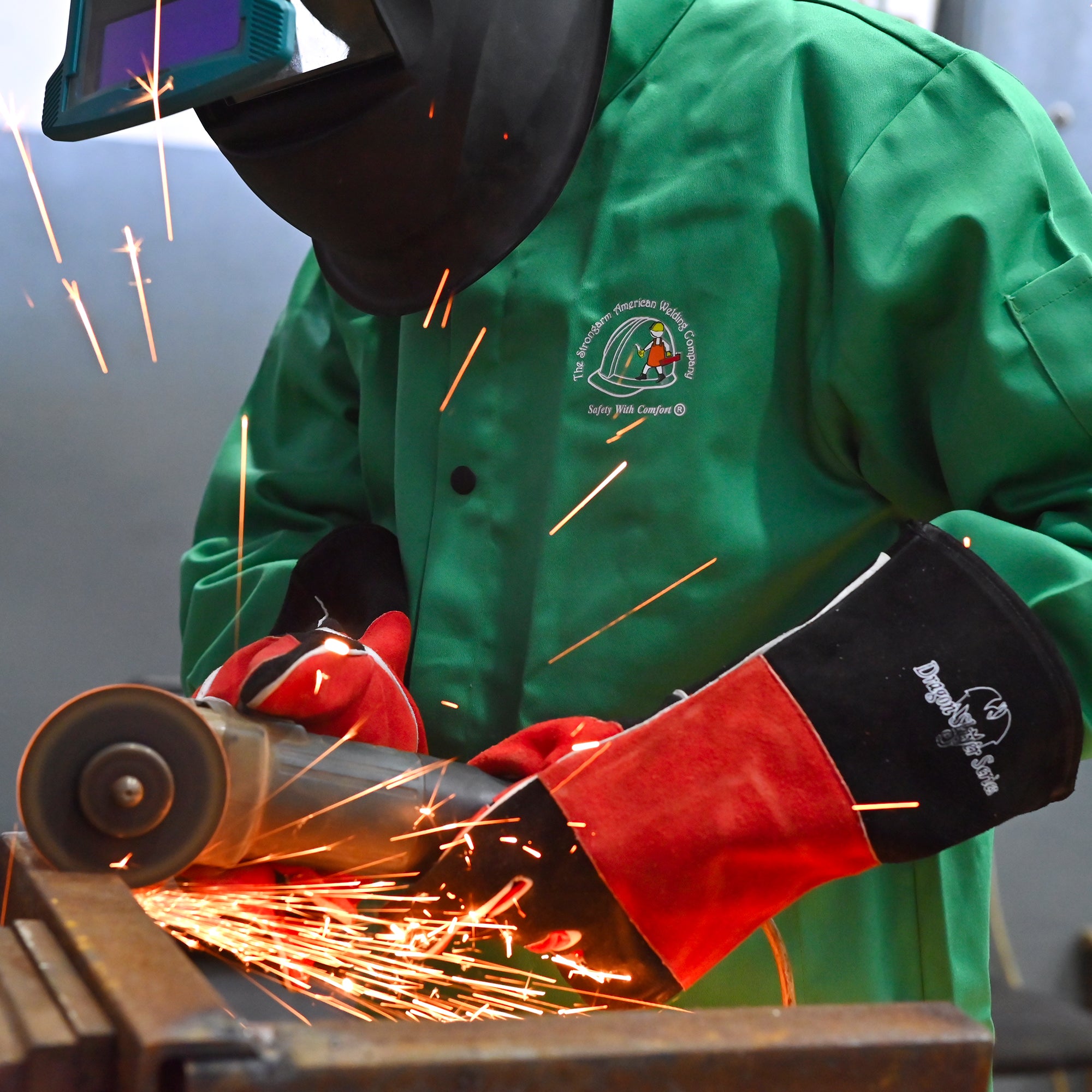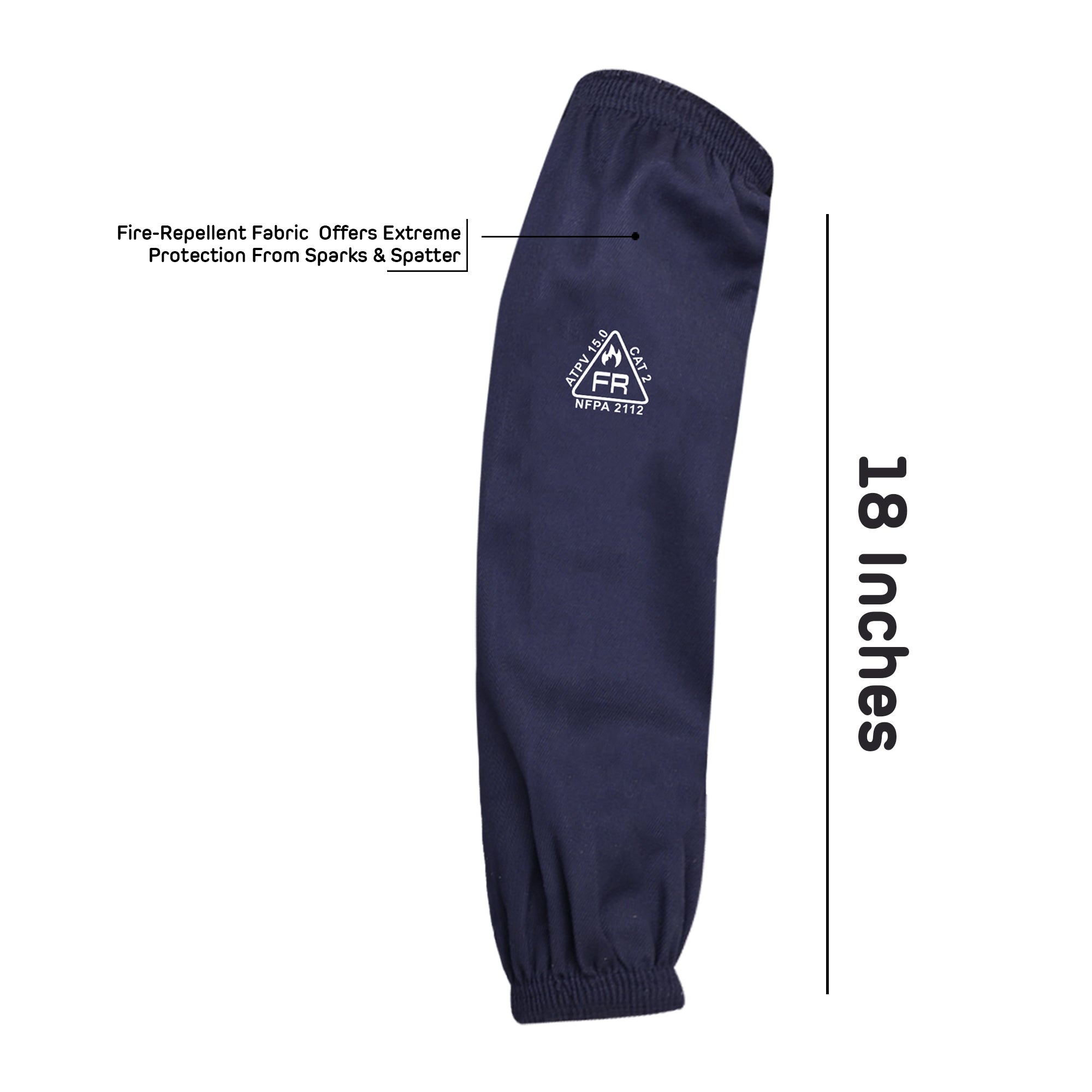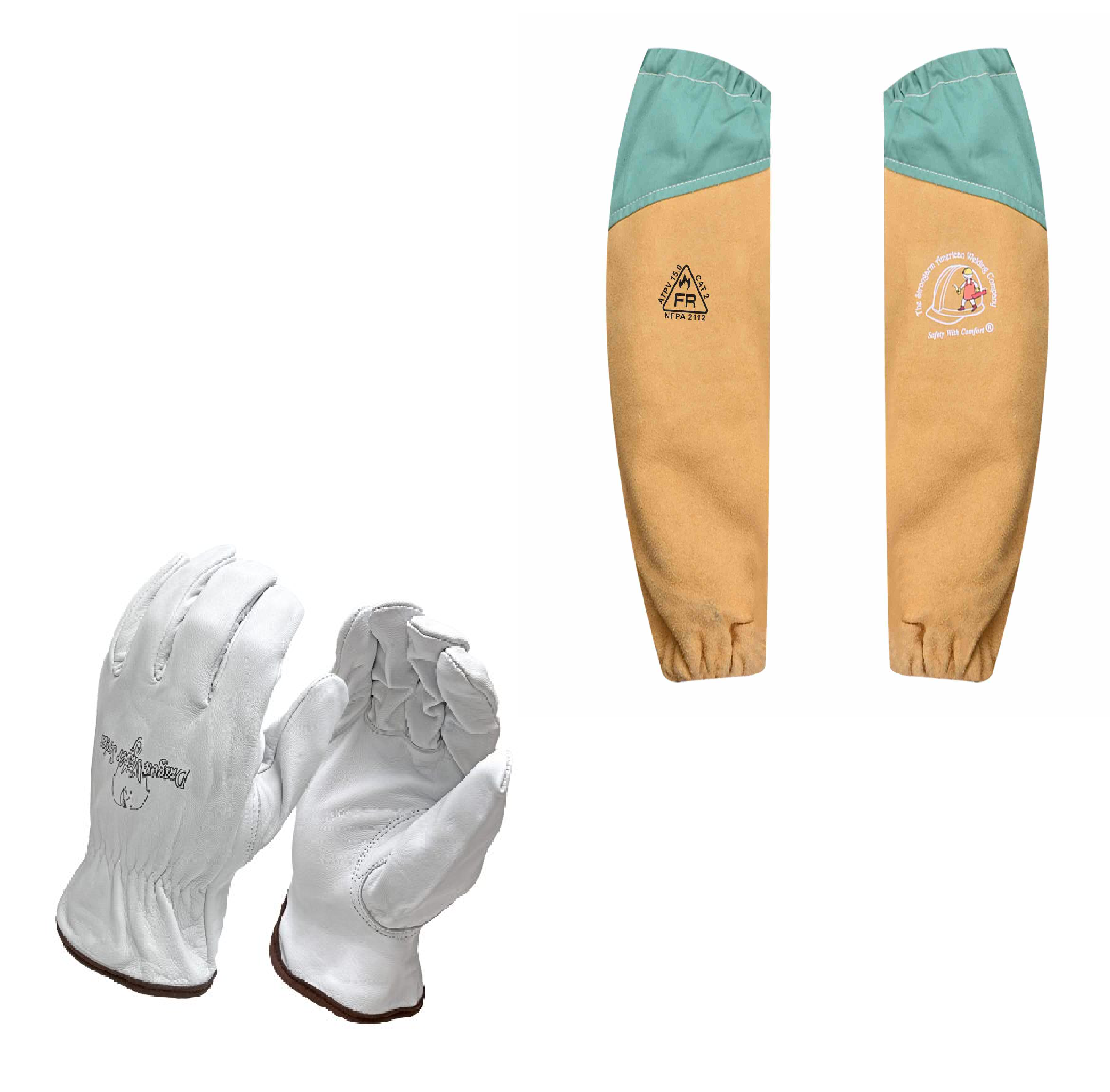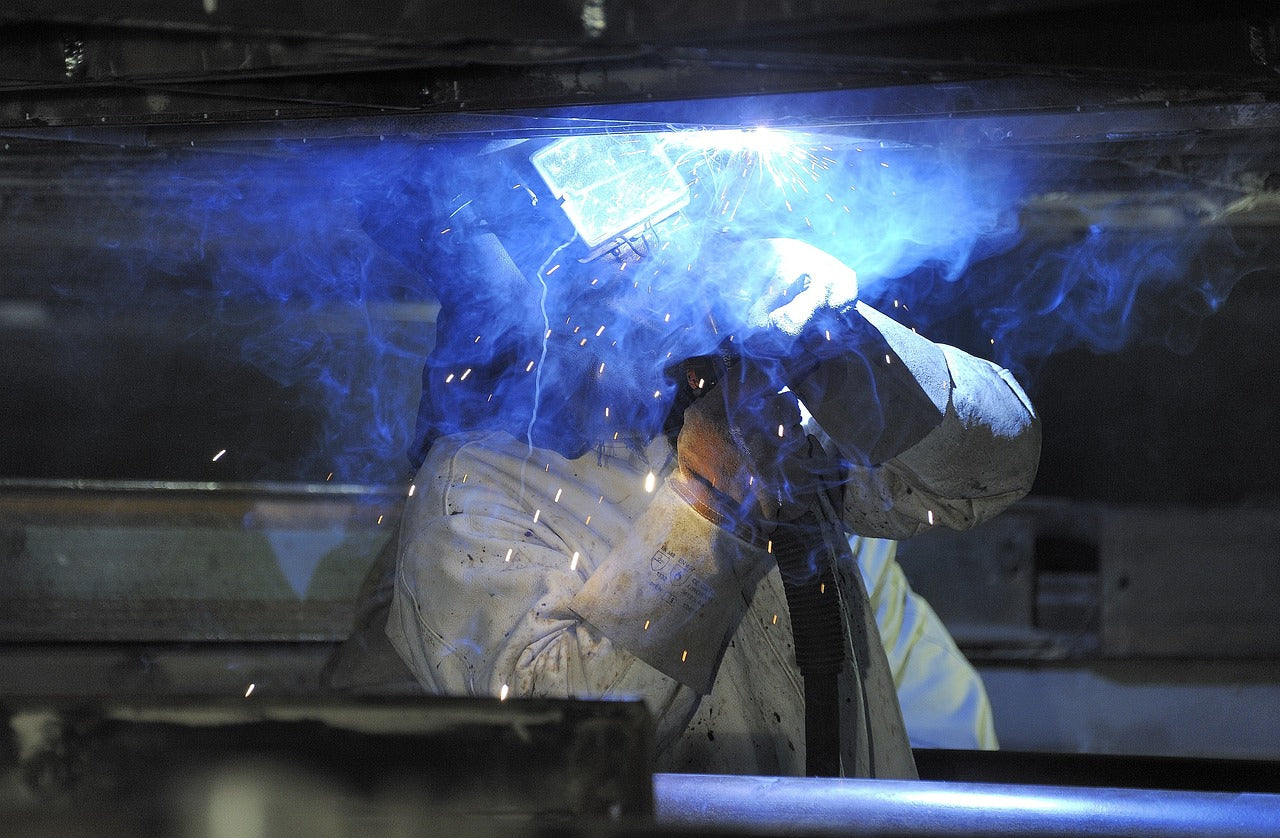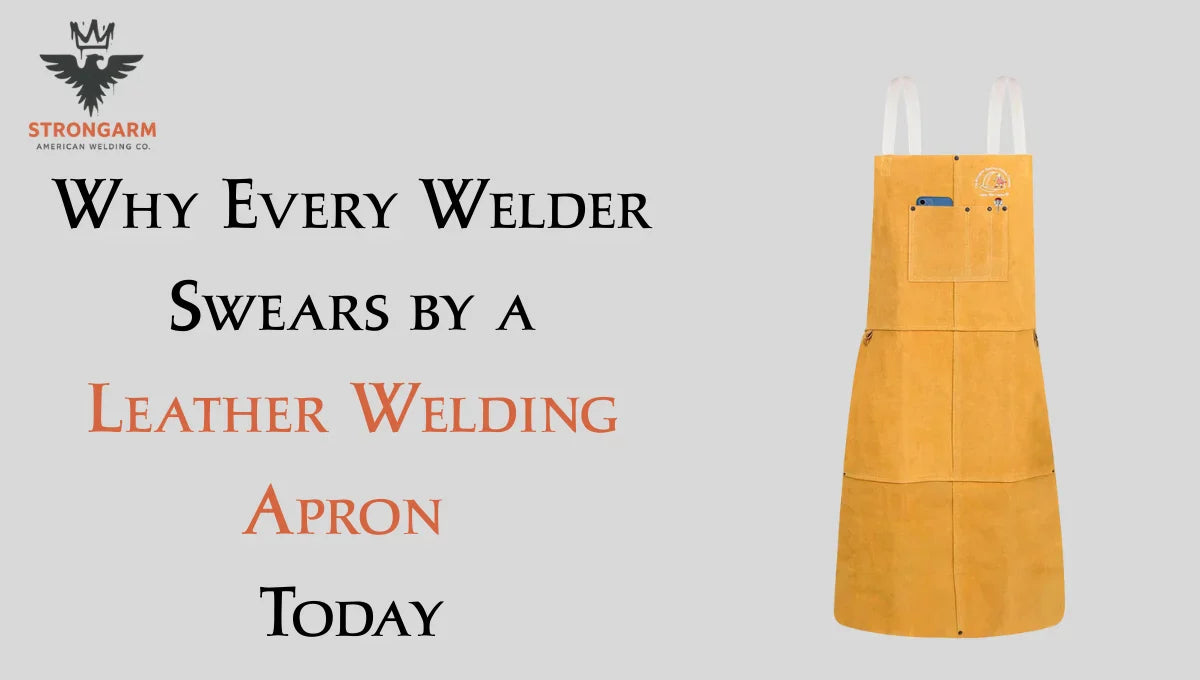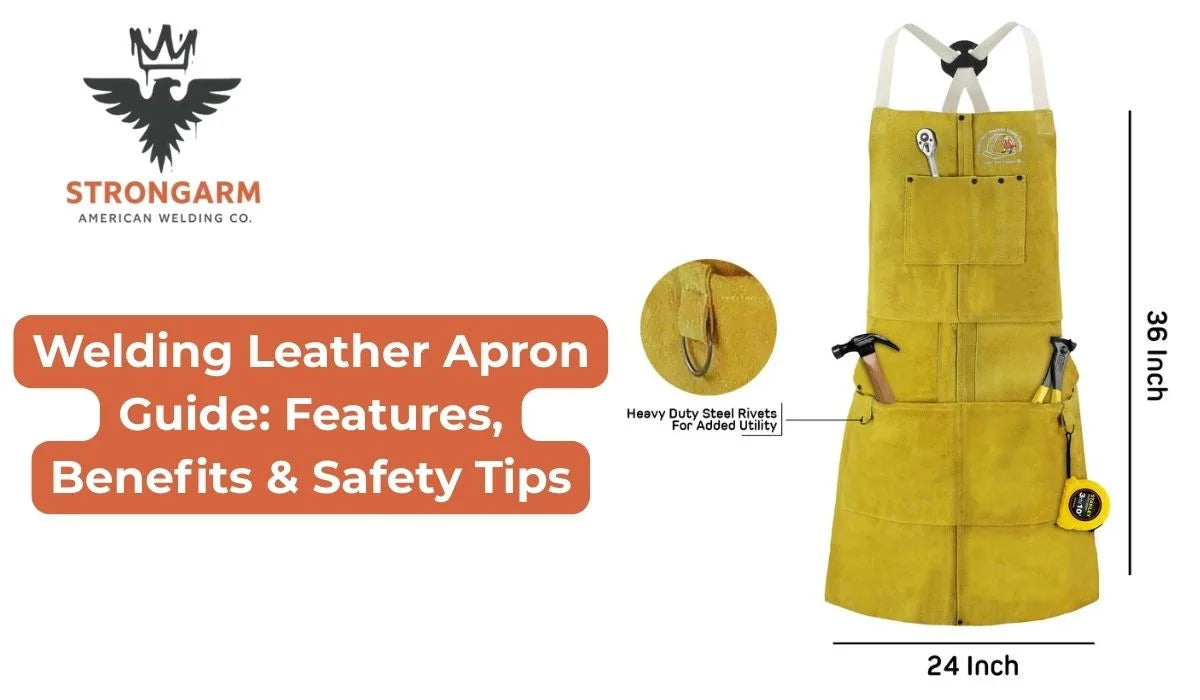Welding can be dangerous due to sparks, spatter, and extreme heat. Welders protect themselves with personal protective equipment (PPE), which includes a welding jacket . The welding jacket care is an essential barrier between the welder's body and potential hazards. Proper maintenance is important to keep the jacket in good condition. This guide will cover basic maintenance tips to help you proper care for welding gear. Following these tips can prolong its lifespan, provide the best protection possible, and keep you comfortable while working.
Essential Maintenance Tips for Longevity
For the longevity of welding sleeves and to maintain their effectiveness, here are some essential maintenance tips:
1. Regular Cleaning welding jackets
Cleaning is a fundamental step in this process. After each use, inspect the jacket for any visible stains, debris, or metal particles. Use a stiff brush or a lint roller to remove surface dirt and debris. For stubborn stains, follow the manufacturer's instructions for cleaning or use a mild detergent and water solution to spot-clean the affected areas. Avoid harsh chemicals or bleach, damaging the fabric and compromising the welding Jacket Care protective properties.
2. Drying
Properly drying your welding jacket is essential to ensure its quality and durability. Air-drying your jacket is recommended to avoid damaging the fabric's fire-resistant properties. Once it is completely dry, store your jacket in a cool, dry place. This step helps you to maintain the good condition of your welding jacket for a longer period.
3. Proper Storage
Storage is another part of welding jacket maintenance. Welding jacket storage tips correctly prevent damage and maintain its shape. Hang the jacket in a dry, well-ventilated area away from direct sunlight and moisture. Avoid folding or crumpling the jacket, as this can lead to creases and weaken the fabric over time. Store the jacket in a dedicated garment bag to protect it from dust and debris when not in use.
4. Inspect for Damage
It's important to regularly check your welding jacket for damage like frayed seams, holes, or broken closures. The parts of the jacket most likely to get worn out are the sleeves and collar, so pay extra attention to those areas. If you notice any damage, it's best to fix it immediately to avoid further problems.
5. Follow Manufacturer's Guidelines
It's important to always follow the care instructions provided by the manufacturer for your welding jacket care. These instructions are customized to your jacket's materials and construction and can help keep it in good condition for longer. Pay attention to recommended washing temperatures, drying methods, and any specific precautions or warnings from the manufacturer. Not following these instructions could void your jacket's warranty or compromise its protective properties.
6. Replacement
Knowing when to replace welding clothing is crucial for safety. Exposure to intense heat, sparks, and other hazards can compromise their effectiveness over time. Look for signs such as faded, discolored, or damaged fabric, or if the fire-resistant properties are compromised. Invest in high-quality replacements rather than opting for the cheapest option to prioritize safety.
Conclusion
Taking good care of your welding jacket is essential to ensure it lasts longer and effectively protects you during welding operations. Follow these basic maintenance tips to keep your jacket in top condition: regularly clean it, store it properly, check for damage, follow the manufacturer's guidelines, and replace it when necessary. Remember, your welding jacket is not just a piece of equipment; it's an essential safeguard for your safety as a welder.
Strongarm is the leading welding manufacturer and provider in America. We have a team of trusted professional welders offering a wide range of welding aprons and gears to suit your needs. Contact us today for all your welding's essentials.
